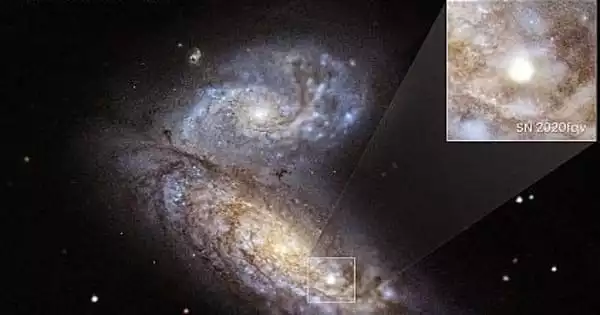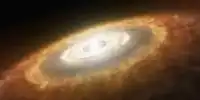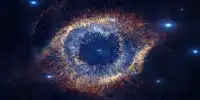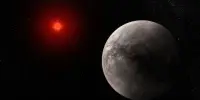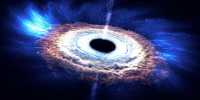New images have revealed detailed clues about how the Universe’s first stars and structures formed, implying that the formation of the Galaxy got off to a rocky start.
An international team of astronomers from the University of Nottingham and the Centro de Astrobiologa (CAB, CSIC-INTA) used data from the Hubble Space Telescope (HST) and the Gran Telescopio Canarias (GTC), known as the Frontier Field, to find and study some of the smallest and faintest galaxies in the nearby universe. This has revealed that the galaxy’s formation was most likely erratic. The initial findings were recently published in the journal Monthly Notices of the Royal Astronomical Society (MNRAS).
How and when the first galaxies formed is one of the most intriguing questions that astronomers have been attempting to answer for decades. In terms of how, one possibility is that the formation of the first stars within galaxies began slowly, gradually building up a more and more massive system. Another possibility is that star formation was more violent and discontinuous, with intense but brief bursts of star formation triggered by events like mergers and enhanced gas accretion.
“Galaxy formation can be compared to a car,” explains Pablo G. Pérez-González, one of the paper’s co-authors and the principal investigator of the international collaboration behind this study, who is affiliated with the Centro de Astrobiologa (CAB/CSIC-INTA) in Spain.
New images have revealed detailed clues about how the Universe’s first stars and structures formed, implying that the formation of the Galaxy got off to a rocky start.
Pablo G. Pérez-González
“The first galaxies may have had a ‘diesel’ star-forming engine, slowly but steadily adding new stars without much acceleration and gradually converting gas into relatively small stars over long periods of time. Or the formation could have been jerky, with bursts of star formation producing incredibly large stars that disrupt the galaxy and cause it to cease activity for an extended period of time, if not forever. Each scenario is linked to a different process, such as galaxy mergers or the influence of supermassive black holes, and they all have an impact on when and how the carbon and oxygen that we need to survive formed.”
Using the gravitational lensing power of some of the Universe’s most massive galaxy clusters, as well as the exceptional GTC data from the Survey for High-z Red and Dead Sources (SHARDS), the astronomers looked for nearby analogs of the very first galaxies formed in the Universe, so that they could be studied in greater detail.
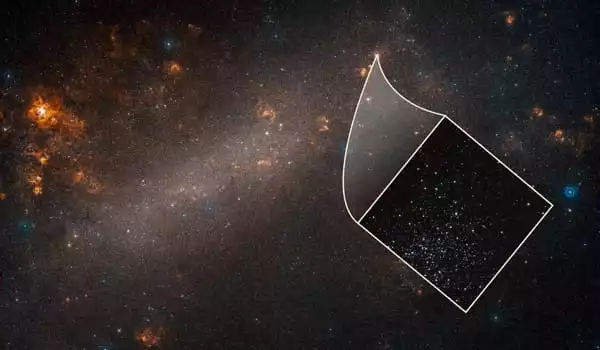
Dr. Alex Griffiths of the University of Nottingham was one of the study’s lead UK researchers, as he explains: “We can’t see the first galaxies that formed because they’re too faint until we get the new James Webb Space Telescope. So we went looking for similar beasts in the nearby Universe and dissected them using the most powerful telescopes we had at the time.”
The power of the most advanced telescopes, such as the HST and GTC, was combined with the assistance of “natural telescopes” by the researchers. Professor Chris Conselice of the University of Manchester is one of the study’s co-authors, and he stated: “Some galaxies exist in large groups, known as clusters, and contain massive amounts of mass in the form of stars, as well as gas and dark matter. Their mass is so great that it bends space-time and acts as a natural telescope. They are known as gravitational lenses, and they allow us to see faint and distant galaxies with increased brightness and spatial resolution.”
The Frontier Field survey is based on observations of some of these massive clusters acting as gravitational telescopes. According to the findings, the galaxy’s formation was likely to be stop-start, with bursts of activity followed by lulls. “Our main result is that the start of galaxy formation is fitful, like a jerky car engine, with periods of enhanced star formation followed by sleepy intervals,” said Dr. Griffiths of the University of Nottingham. It is unlikely that galaxy mergers played a significant role in the triggering of these bursts of star formation, and it is more likely that they are the result of alternative causes that enhance gas accretion; we must look for those alternatives.
“We were able to find these objects thanks to the high quality SHARDS data combined with Hubble Space Telescope imaging data to detect hot gas heated by newly formed stars in very small galaxies. This hot gas emits certain wavelengths, known as emission lines, in the same way that a neon light does. The analysis of these emission lines can provide information about the formation and evolution of a galaxy.”
“The SHARDS Frontier Field observations with GTC provided the deepest data ever taken for discovering dwarf galaxies through their emission lines, allowing us to identify systems with recently triggered star formation,” says Pérez-González, one of the paper’s co-authors and the principal investigator of the GTC SHARDS Frontier Field project.
